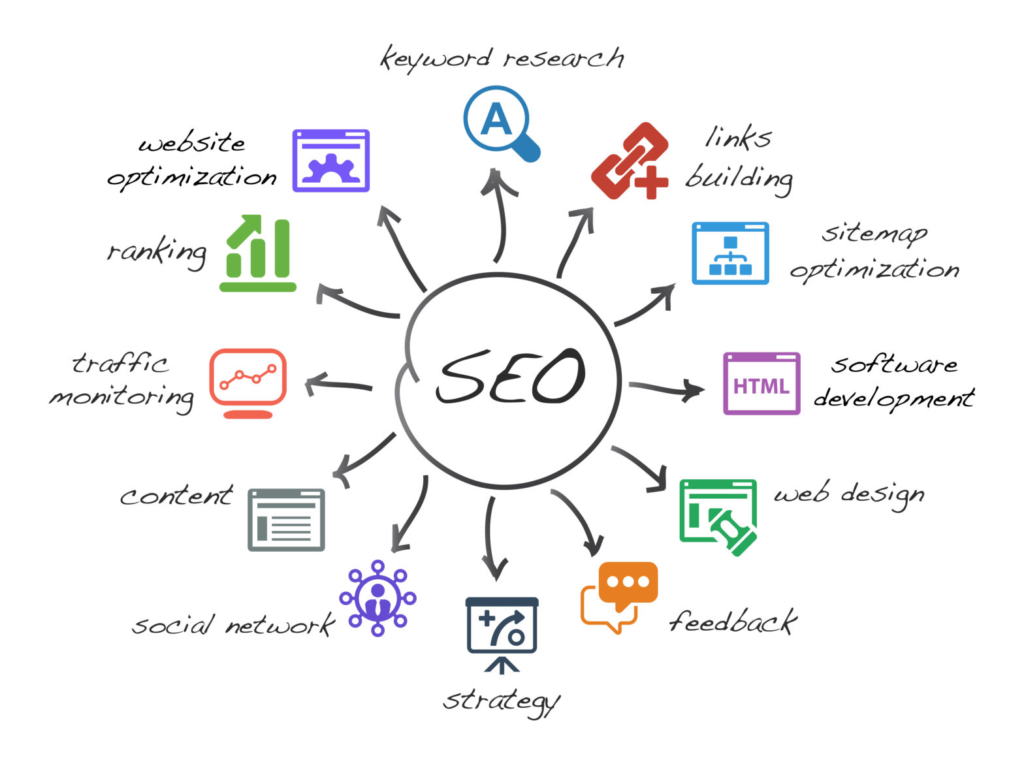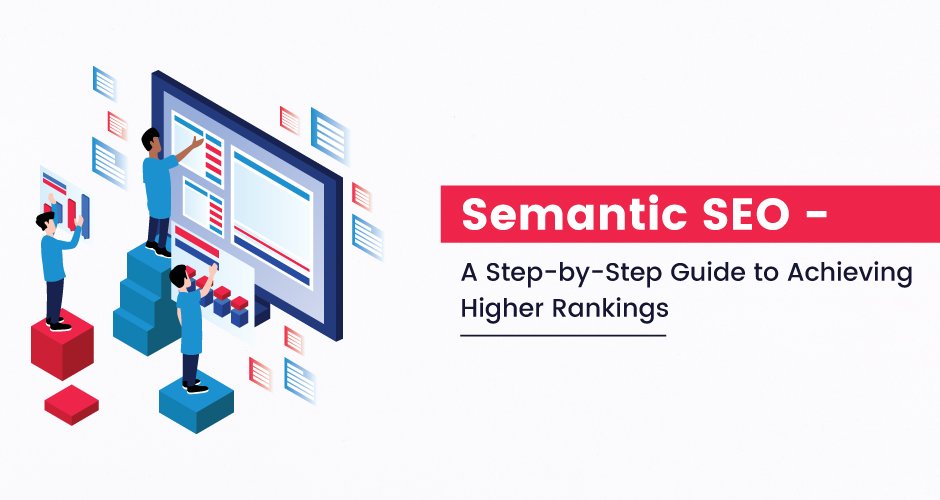In the dynamic world of digital marketing, understanding and leveraging SEO (Search Engine Optimization) is crucial for success. As search engines evolve, so do the strategies required to stay ahead. While traditional SEO focuses on keywords and backlinks, the future lies in Semantic SEO—a more advanced approach that considers the context and intent behind search queries. This blog post will guide you from mastering SEO essentials to achieving success with Semantic SEO, helping you enhance your search visibility and drive organic traffic to your website.
The Foundation: Understanding SEO Essentials
Before diving into Semantic SEO, it’s essential to grasp the basics of traditional SEO. The foundation for more sophisticated methods is laid by these principles.
What is SEO?
Optimizing your website to rank higher in search engine results pages is known as search engine optimization, or SEO (SERPs).The goal is to increase organic (non-paid) traffic by making your content more appealing to search engines like Google. Key components of SEO include:

- Keyword Research: Identifying the terms and phrases your target audience uses to search for content like yours.
- On-Page Optimization: Ensuring that your content is structured and formatted to be easily understood by search engines.
- Off-Page Optimization: Building backlinks from reputable websites to enhance your site’s authority and credibility.
- Technical SEO: Improving site speed, mobile-friendliness, and overall user experience to meet search engine requirements.
Introducing Semantic SEO: The Next Level of Optimization
As search engines become more sophisticated, they no longer rely solely on exact-match keywords. Instead, they use advanced algorithms to understand the context and intent behind a search query. This is where Semantic SEO comes into play.
What is Semantic SEO?
Semantic SEO focuses on the meaning and relationships between words. Instead of targeting specific keywords, it aims to optimize content based on the broader topic and the user’s search intent. This approach aligns with how modern search engines like Google use semantic search to provide more accurate and relevant results.
Semantic SEO heavily relies on long-tail keywords. These are more specific phrases that users might search for, such as “best digital marketing strategies for small businesses” instead of just “digital marketing.” By targeting long-tail keywords with high search volume and low competition, you can attract a more targeted audience and improve your chances of ranking higher.

How to Implement Semantic SEO
Transitioning from traditional SEO to Semantic SEO involves several strategic steps. Here’s how you can start implementing Semantic SEO to boost your website’s visibility and rankings.
1. Conduct Comprehensive Topic Research
Instead of focusing on individual keywords, Semantic SEO requires you to understand the broader topic and its related subtopics. This approach allows you to create more comprehensive and authoritative content that covers all aspects of the subject.
- Identify Core Topics: Start by identifying the main topics relevant to your audience. For example, if your website offers digital marketing services, core topics might include “SEO strategies,” “content marketing,” and “social media advertising.”
Explore Subtopics: Once you have your core topics, explore related subtopics. In the “SEO strategies” section, for example, you may include “on-page SEO techniques,” “link-building strategies,” and “technical SEO best practices.”
2. Optimize for User Intent
Understanding user intent is key to successful Semantic SEO. User intent refers to the purpose behind a search query—what the user is looking to achieve. Search engines now prioritize content that aligns with user intent, making it essential to optimize your content accordingly.

- Informational Intent: Users are looking for information on a specific topic (e.g., “how to improve SEO rankings”).
- Navigational Intent: Users are searching for a particular website or page (e.g., “Digitalerena homepage”).
- Transactional Intent: Users are ready to make a purchase or take action (e.g., “buy digital marketing services“).
By aligning your content with the user’s intent, you can create more relevant and valuable content that satisfies search engine algorithms.
3. Utilize Structured Data Markup
Structured data markup, also known as schema markup, is a powerful tool for Semantic SEO. It helps search engines understand the content on your website better and can improve how your pages appear in search results.
- Implement Schema Markup: Use schema markup to provide additional information about your content, such as the type of content (article, product, event), author, publication date, and more.
- Enhance SERP Features: Structured data can enhance your listings in search results with rich snippets, such as star ratings, reviews, and event dates, making your content more attractive to users.
4. Focus on Content Depth and Quality
With Semantic SEO, quality and depth of content matter more than ever. Search engines prefer content that thoroughly covers a topic and provides real value to users.
- Create Comprehensive Content: Ensure your content covers all relevant aspects of a topic, answering potential questions and addressing pain points. This approach not only helps with rankings but also establishes your authority in the field.
- Update and Expand Existing Content: Regularly update your existing content to keep it relevant and comprehensive. Add new sections, update statistics, and incorporate the latest trends to maintain its value.
5. Optimize for Voice Search
As voice search becomes more prevalent, optimizing for it is a critical aspect of Semantic SEO. Voice searches are typically longer and more conversational, so focusing on long-tail keywords and natural language is essential.

- Target Conversational Keywords: Identify phrases and questions users might speak rather than type. For example, instead of “best SEO tools,” target “what are the best tools for improving SEO?”
- Answer Questions Directly: Create content that directly answers common questions related to your niche. This can help your content appear in voice search results and featured snippets.
Conclusion: Achieve SEO Success with Semantic SEO
Mastering Semantic SEO is crucial for staying competitive in today’s digital landscape. By evolving from traditional SEO practices to more advanced, intent-focused strategies, you can enhance your website’s visibility, attract more organic traffic, and achieve long-term success.
As you implement these strategies, remember that the goal is to provide valuable, relevant content that meets the needs of your audience. With the right approach, you can transition from SEO essentials to Semantic SEO triumph, positioning your website as a leader in your industry.

Pingback: Master the August 2024 Google Algorithm Update: A Comprehensive Guide
Pingback: Why White Label Solutions Lead Digital Marketing in 2024 ? - DigitalErena
Pingback: AI-Powered Blogging: A Bright Future in 2024 - DigitalErena
Pingback: White Label Solutions: New Era of Digital Marketing 2024 - DigitalErena
Pingback: Earn Money with Shopify : 10 Proven Ways - DigitalErena
Pingback: Robots.txt Beheersen: Tips voor Web Crawlers